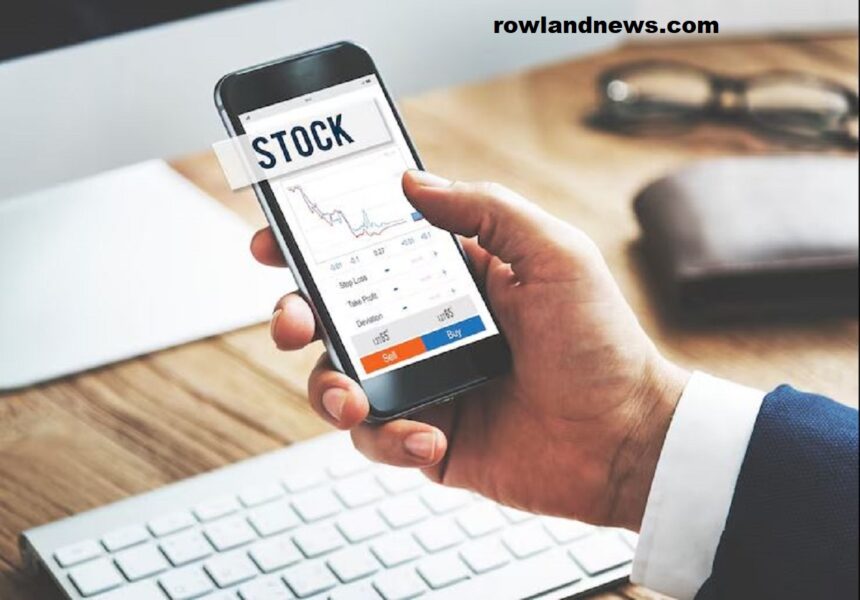In the stock market, there are many choices to make, some more difficult than others. Deciding which stock to buy can seem like a daunting task. For both new and seasoned investors, getting the decision right has a significant impact on future wealth and income.
This book aims to help all those who need to learn about or practice good stock investment. It will guide you through the process of finding reliable income-producing investments, as well as covering all of the devices and methodologies required for you to make educated decisions on stocks today.
Understanding Stock Market Basics
Before we get into the nitty-gritty of stock picking, we must first learn the basics behind financial markets. Stocks, also known as equities or shares in companies, represent ownership stakes by those who hold them. When you buy a stock, no matter how little, part of the company’s ownership becomes yours. It will be reported on this year’s registration statement form under your Social Security Number (for tax purposes). You get dividends from it if any are declared, plus you have an opportunity to make money if the stock goes up in value.
Important Stock Investment Concepts to Know
Market Capitalization
This represents a company’s total worth based solely on the number of shares outstanding. It can be found by multiplying the stock price at any given time by the number of shares outstanding. Companies are often labeled as either small-cap, mid-cap, or large-cap. The size of a company impacts both the volatility in its shares and the growth potential that it may enjoy.
Dividends
Certain Firms give stockholders a part of their profits–dividends. These payments occur regularly, typically four times a year. A stock that pays dividends can be a source of regular income, which is attractive to income-oriented investors.
Volatility
Prices for stocks change over time and are often affected by market trends, earnings reports, and international politics. Volatility is a measure indicating how much the price of a stock fluctuates within a specific time. Stocks with high volatility may bring both opportunities and risks.
Risk and Return
Achieving a balance between risk and payoff is fundamental to investing. Stocks with potential for higher risk may offer greater returns, while those from more stable, established companies are likely to yield lower paybacks, but bring with them less danger in terms of loss.
Factors to Consider When Choosing Which Stock to Buy Today
There are several factors you should think about when deciding on what stock to buy today. You’ll want to look at details and data, but don’t forget your own particular financial needs because that could make all the difference in your decision.
Company Fundamentals
One of the first things you do is to look up the company. This includes:
- Earnings Reports: You can evaluate the company’s financial health through its quarterly and annual earnings reports. Strong, consistent earnings show that it is financially stable and profitable.
- Revenue Growth: Look for companies where revenue has a history of consistent growth. That means the firm is expanding and getting more of the market.
- Debt Levels: How much debt a company has vastly affects its ability to operate. Companies with high debt compared to equity may experience financial hardship during economic downturns.
- Management: Strong management is essential. Research the management team to ensure they have a proven track record in strategic decision-making.
Industry And Market Trends
Insight into trends affecting a specific industry can help you identify stocks that are likely to do well. Companies in the technology sector may be enjoying good times due to advances in artificial intelligence, while energy stocks are hit hard by changes in global oil prices.
- Newly Emerging Industries: Look for sectors like green energy, biotechnology, or electric vehicles (EVs).
- Economic Cycles: Consumer staples perform well in recessions, while tech stocks flourish in expansions.
Valuation Metrics
This step is crucial for determining if a stock is well-priced. Several key metrics are adopted in this evaluation:
- Price-to-Earnings Ratio (P/E)
- Price-to-Book Ratio (P/B)
- Price-to-Sales Ratio (P/S)
Technical Analysis
This analysis examines a stock’s price fluctuations and trading volumes to predict future price movements.
- Support and Resistance Levels
- Moving Averages – Learn about Moving Averages
- Relative Strength Index (RSI) – Learn about RSI
Risk Tolerance and Investment Goals
Think about whether you are seeking growth or stability.
- Short-Term vs. Long-Term: Long-term investors focus on fundamentals; short-term on market timing.
- Diversification: Spread investments across sectors to reduce risk.
Pick of 2025: The Best Stock to Buy Now
While no stock is guaranteed to perform well, several choices might reasonably please you as an investor.
Apple Inc. (AAPL)
Stable, profitable, and highly innovative. Dominates in electronics, software, and services.
Tesla Inc. (TSLA)
Leader in the EV market with high growth potential and strong global demand.
Microsoft Corporation (MSFT)
Cloud and gaming leadership with consistent performance and diverse portfolio.
NVIDIA Corporation (NVDA)
Dominates the GPU market, driven by AI and machine learning trends.
Alphabet Inc. (GOOGL)
Google’s parent company leads in search, ads, cloud, and autonomous vehicles.
Ending: Making Informed Decisions
Knowing which stock to buy today is no minor decision. Intelligent investors can enhance their chances of making a higher profit by examining the company’s fundamentals, understanding the market trend, and evaluating stock valuations based on technical analysis.
FAQs About Stock Investing
- How can I decide which stock to buy?
You can look at a company’s fundamentals, stock values, market trends, and your personal investment goals. Assess its risk factors as a stock over time. - Growth or Value Stocks?
Growth stocks offer higher potential returns but come with more risk. Value stocks are usually more consistent but may have lower returns. - How do I know if a stock is undervalued?
A low P/E and P/B ratio often indicates undervaluation, especially when paired with consistent earnings and revenue growth.














